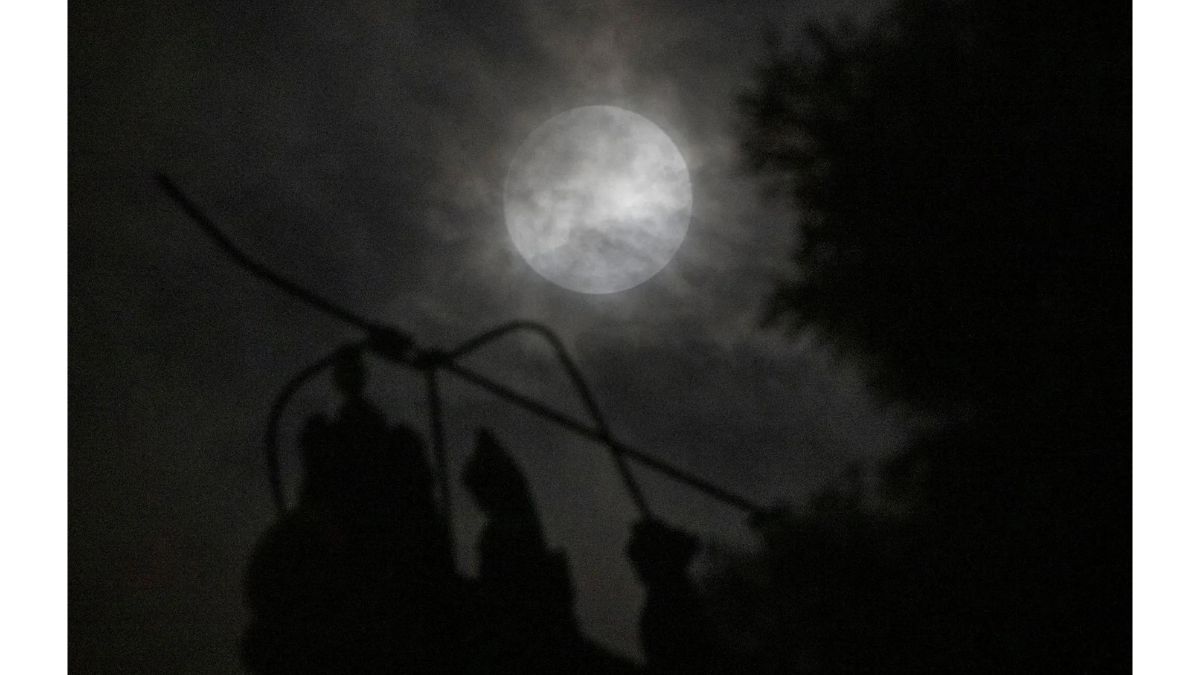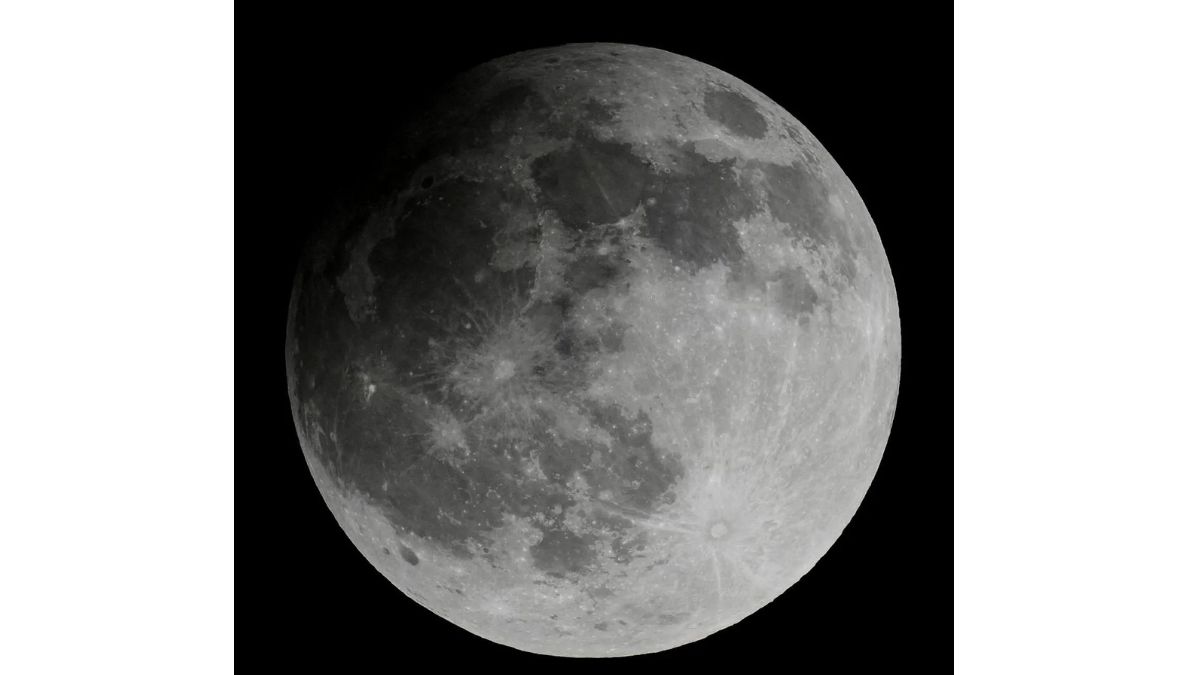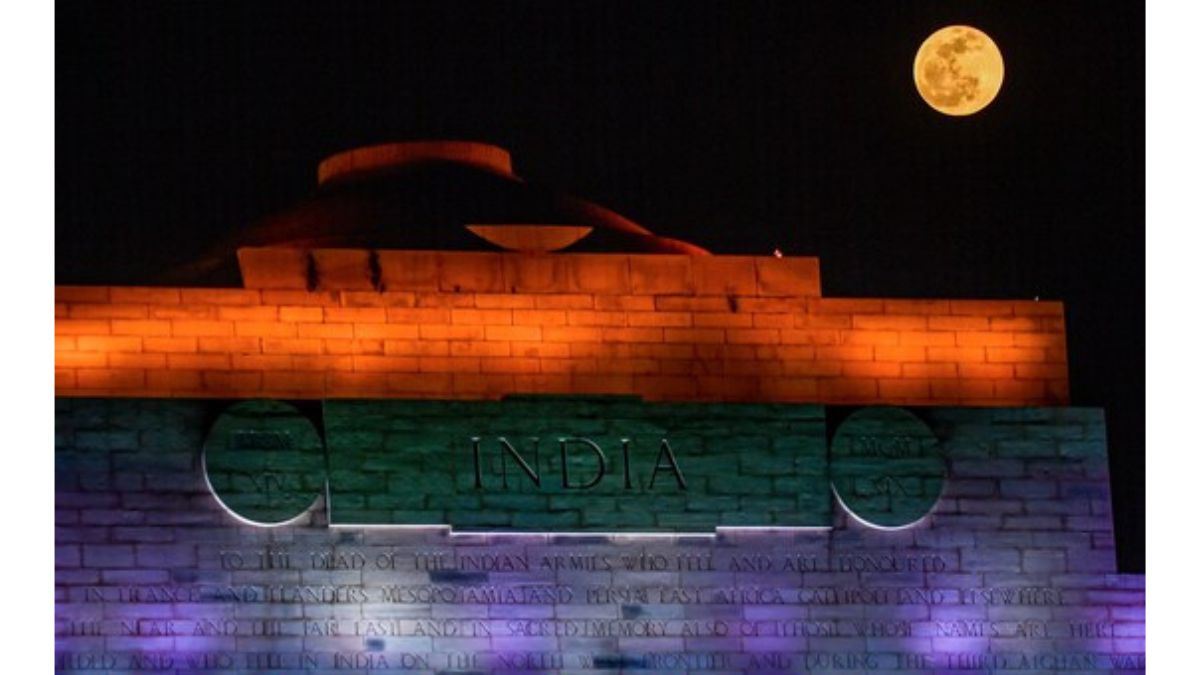Lunar Eclipse 2023: The first Penumbral Lunar Eclipse of 2023 amazed the space enthusiast on May 5. People in areas of Asia, Africa, and other continents witnessed the celestial event. The penumbral eclipse coincided with the full moon known as the "Flower Moon," which occurs in May each year. Let’s know more about the flower moon and get some visual highlights of the first Penumbral Eclipse of the year in this article.
What is a Full Moon?
The lunar phase is governed by the position of the moon itself in its orbit rather than by the view from any particular location on Earth. The full moon occurs when the moon is precisely on the opposite side of the Earth from the sun. There are 17 different kinds of full moons in total.

Source: AP Photo/ NG Han Guan
May's full moon is often referred to as a "flower moon" because of the blossoms that start to develop in North America at that time. The Northern Hemisphere's spring normally begins in May, and the season is known for its profusion of flowers, hence the name Flower Moon.
 Source: AP Photos/Bikas Das
Source: AP Photos/Bikas Das
The name honours the blooming flowers that characterise this month. Native Americans referred to it as the Planting Moon, Budding Moon, and Egg Laying Moon. Given that frogs often start to become active in May, the Cree named it the Frog Moon. Other cultures had distinct customs; the Cherokee refer to the May lunation as a "planting moon," which is reflected in their title for the month of May.
Why it was hard to view the Flower Moon?
This year Flower Moon coincided with the Penumbral lunar eclipse, so it became difficult to enjoy the full moon. During a penumbral eclipse, the Earth's weaker outer shadow, known as the penumbra, contrasts with its greater interior shadow, known as the umbra and appears a bit less bright.
 Source: PTI
Source: PTI
In fact, it is quite possible that you will not be able to differentiate between an eclipse and a normal full Moon. During the eclipse, the moon was about 3.8 lakh km from Earth. The Supermoon effect, which makes the moon appear larger than usual and reduces the distance between the Earth and the moon by 20,000 kilometres, leads many people to assume that this is the shortest distance between the two bodies.
 Source: PTI
Source: PTI
This year will see two solar eclipses and two lunar eclipses for a total of four eclipses. On April 20, there was a hybrid solar eclipse, which was the first one. A second annular solar eclipse, which is rarer, will occur on October 14. The first lunar eclipse of the year, a penumbral lunar eclipse, was on May 5. And the final lunar eclipse of the year, a partial eclipse, will occur on October 28.
Comments
All Comments (0)
Join the conversation